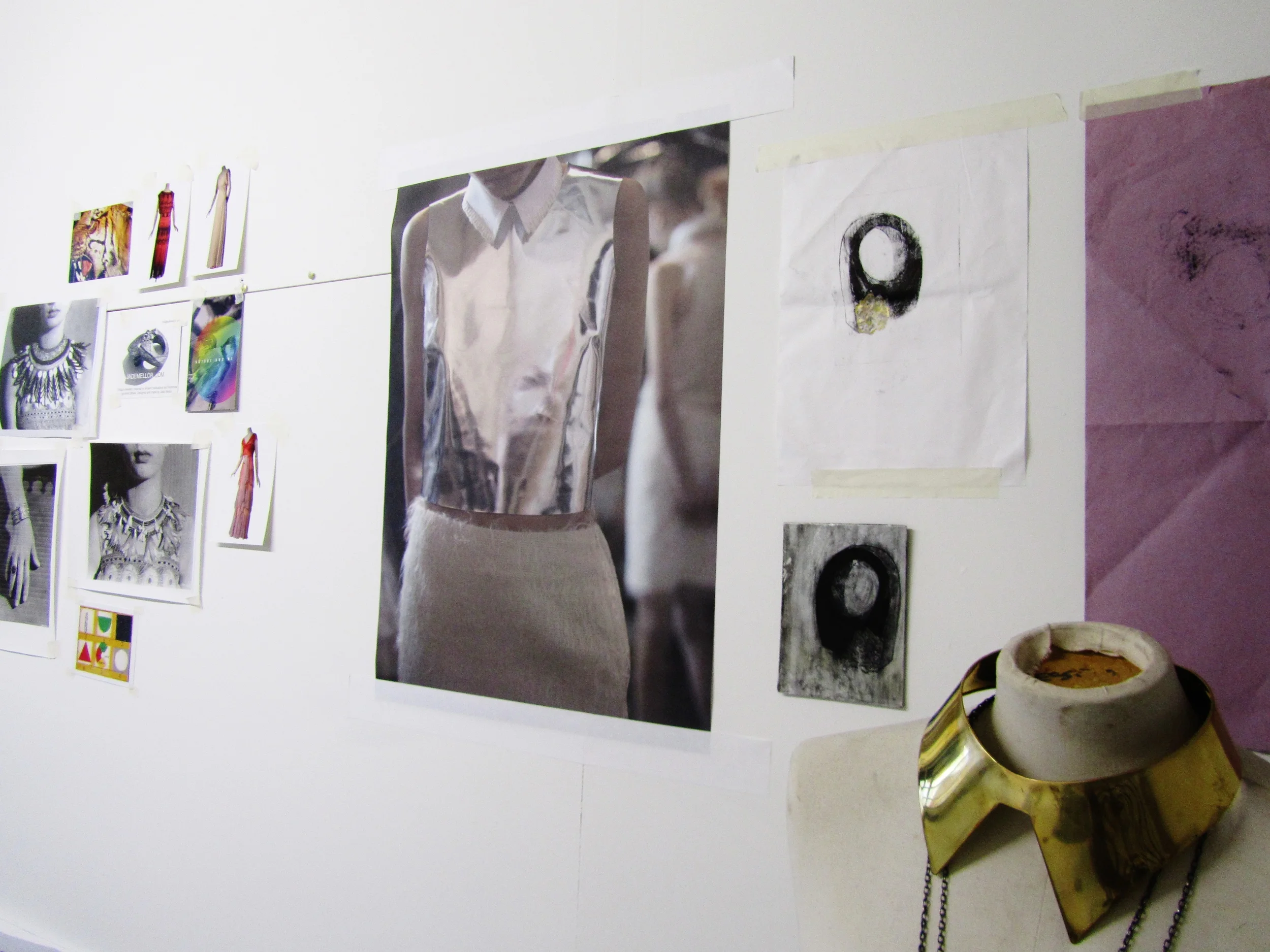Taking a (Mary) Quant-um leap through history using a wardrobe as a time machine. Kind of.
It's the final day of LONDON FASHION WEEK, with PARIS FASHION WEEK following next Thursday. Beautiful clothing and beautiful people sharing their styles and giving a sneaky glimpse into the new collections influencing the trends next Spring 2017.
60s Style references always pop-up on the catwalks, here are the originals looking impeccable at Les Arts Decoratifs in FASHION FORWARD.
I felt the need to share my experience of the gorgeous garments I managed to see on my trip last month to the Capital of Chic.
Gorgeous little black & white sailor suit is Paris perfection!
Les Arts Décoratifs in Paris is one of my favourite Museums and their Summer exhibition Fashion Forward was a real showstopper. Celebrating 300 Years of Fashion, it showcased garments from as early as 1715 all the way through to 2015.
The garments were used as a snapshot into life in that time, following a timeline and explaining social aspects as well as snippets about the early evolution of the Fashion Industry.
“Voted “Beauty Queen” by the journal L’Illustration in 1896, Cleo de Merode (1975-1966) was a famous ballet dancer at the prestigious Opera of Paris. Numerous photographic portraits show her wearing a similar jacket in black velvet embroidered with jet pearls.”
Key moments from fashion history, cherry picked and displayed side-by-side
Theatrical Tableaus gave us a feel for the original setting and lifestyle these people had, whilst modern projections in black and white showed the movement of the clothes flickering across walls with a graceful sweep featuring dancers of the Opéra de Paris.
The highlight for me was the room of breathtaking vintage gowns from my favourite designers, Schiaparelli, Chanel, Fortuny and Vionnet.
Still at the height of sophisticated elegance, showing that truly well made and thoughtfully designed clothing will stand the test of time.
It makes me ask, what will our own wardrobes look like in a few decades time? Will they still contain anything we have in them today?
Something I'll think of next time I'm browsing for some new items...
















































































































